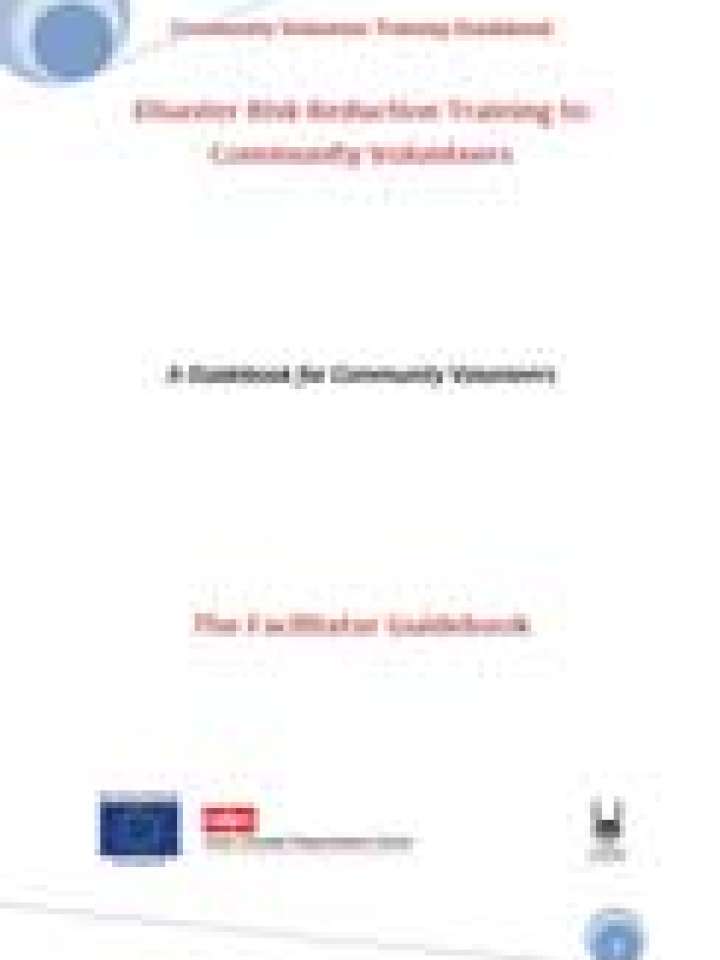Facilitator guidebook: Disaster risk reduction training to community volunteer
This guidebook for training community volunteers in disaster risk reduction is divided into four working modules and an additional separate introduction, which focuses on describing the rationale, terminologies, and the roles and responsibilities of the facilitators.
The first working module is divided into two sessions: The first session introduces training of trainers (ToT) skills; the second session looking at the methodology, approach and assessment processes for the ToT.
The second working module discusses the basic concepts of Disaster Risk Reduction (DRR) and tries to develop a disaster scenario in the context of Bangladesh by providing different practical examples and other interactive techniques.
The third working module focuses on CBDRR approaches, process and practices and consists of five sessions: (i) Importance of and introduction to CBDRR in the context of Bangladesh and its relevance to UDMCs and Community Volunteer Groups (CVGs); (ii) approaches and processes of CBDRR; (iii) tools and techniques for CBDRR processes and an introduction to different PRA tools; (iv) Introduction of the Community Risk Assessment model, which is developed by the Comprehensive Disaster Management Program (CDMP) of the Disaster Management Bureau (DMB), under the Ministry of Food and Disaster Management (MoFDM); (v) risk assessment and mapping at UDMC and community level and family preparedness plans and sustainability issues.
The fourth working module discusses the disaster management structures in Bangladesh and CRA implementation processes. In the first session the stakeholder analysis process is reviewed so that practitioners can get a clear idea who the relevant stakeholders are. In the following session the institutional arrangement of disaster management and role of UDMCs/CVs in SOD are portrayed. The last two sessions focus on designing the training and schedule and evaluating the course considering entry or exit behaviour, which will help practitioners in replicating the course in the field.
Explore further
